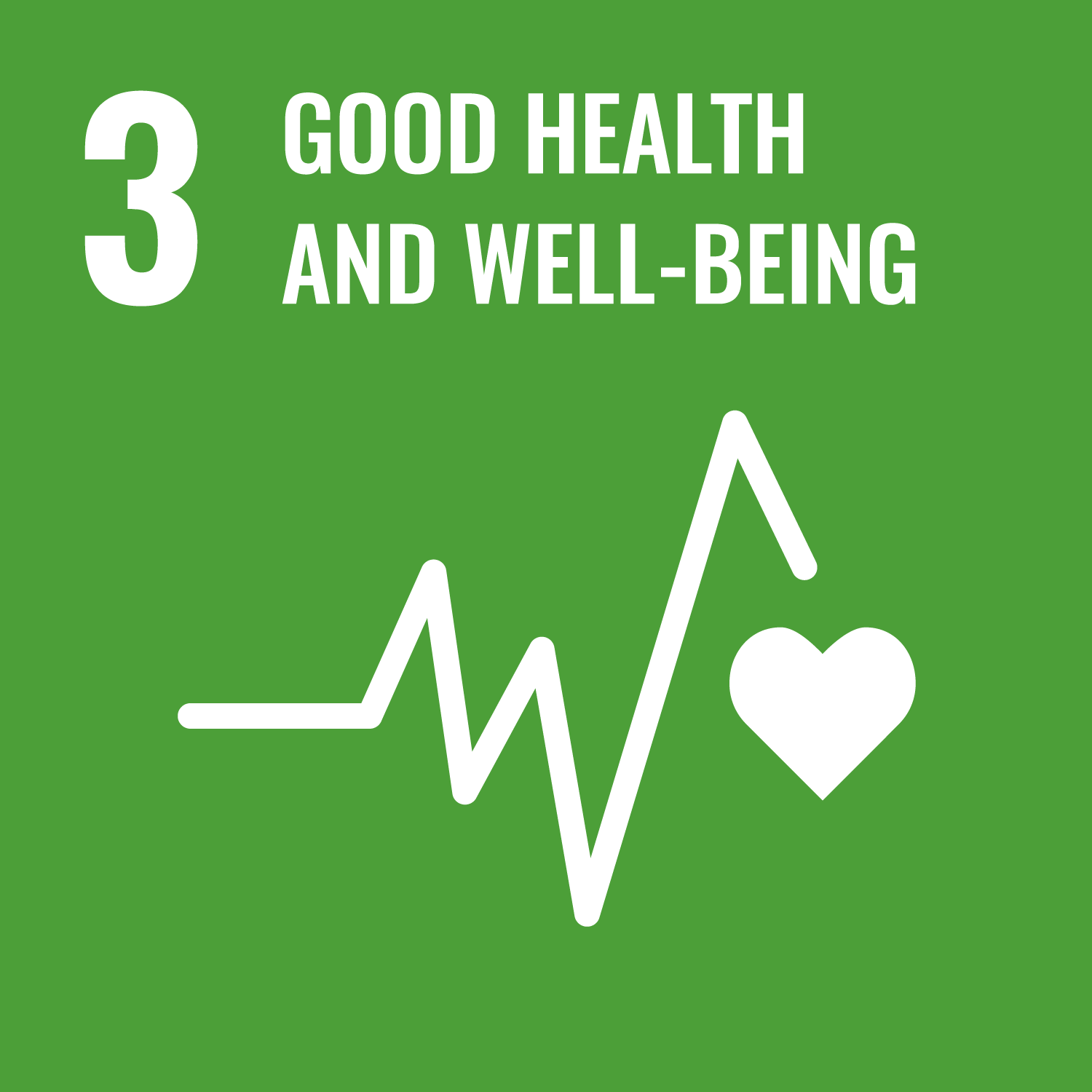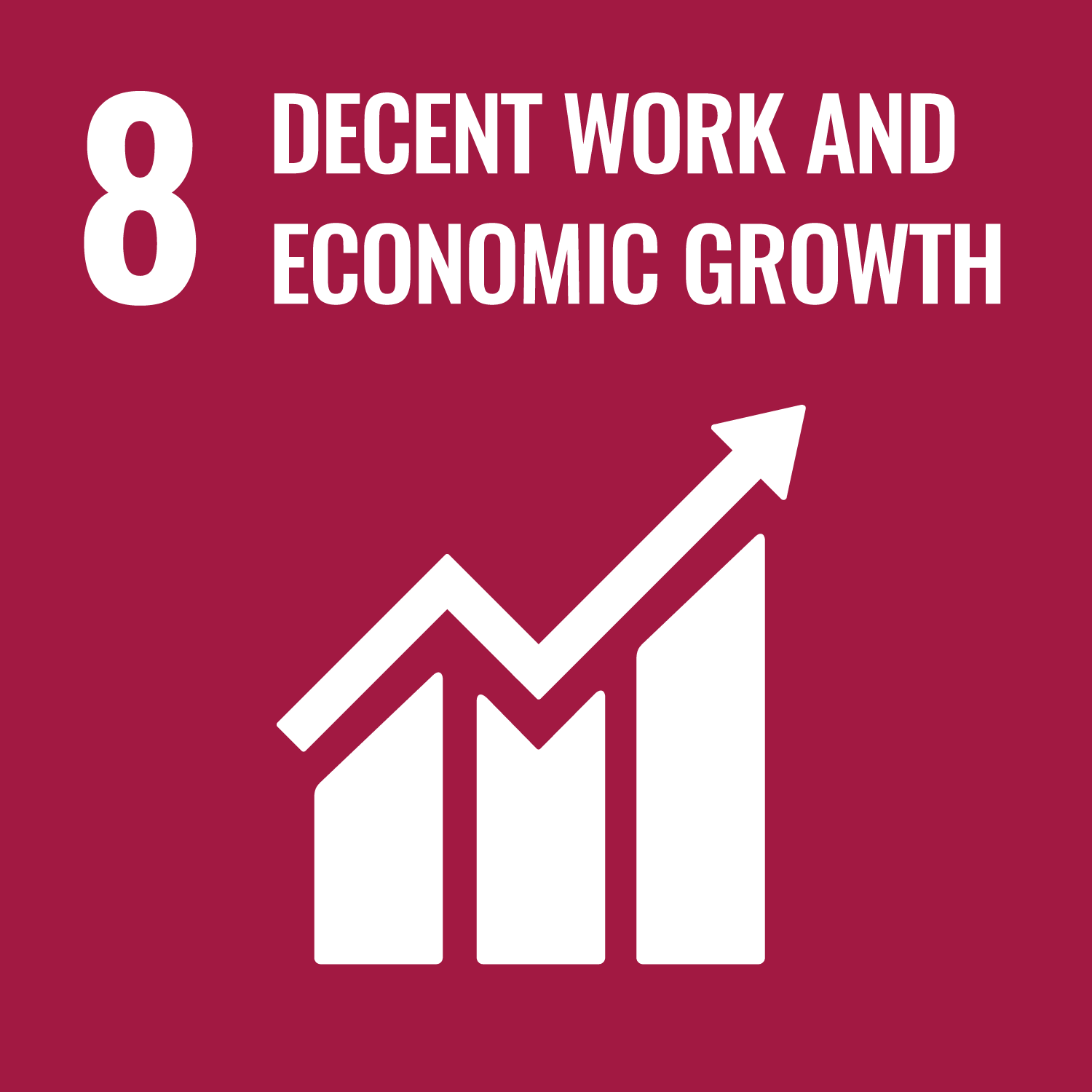Mental Health and Employment Social Impact Bond (Haringey & Barnet)
This project is also known as MHEP Haringey and Barnet
Aligned SDGs


- Mental Health and Employment Social Impact Bond (Haringey & Barnet)
- General overview
- Location
- Involved organisations
- Outcome metrics
- Results
- Spreadsheet of data
- Mental Health and Employment Social Impact Bond (Haringey & Barnet)
- General overview
- Location
- Involved organisations
- Outcome metrics
- Results
- Spreadsheet of data
General overview
Stage of development: Complete
Policy sector: Employment and training
Date outcomes contract signed: May 2019
Start date of service provision: May 2019
Actual completion date: Jun 2023
Max potential outcome payment: GBP 1.42m
Service users: 972 individuals
Intervention
Individual Placement Support employment services. A tailored, client-centred employment intervention for people with chronic health conditions. It involves the integration of vocational advisers within health teams to optimise return-to-work.
Target population
Individuals with enduring and severe mental health issues
Location
Country
- United Kingdom
Service delivery locations
- London Boroughs of Haringey and Barnet
Involved organisations
Configuration of contracting parties:
- Outcome payer holds contract with Mental Health and Employment Partnership limited (led by intermediary)
Commissioners/outcome payers
Service Providers
Investors
Intermediary organisations
Outcome metrics
- Metric 1: Engagement: completion of three appointments with the employment co-ordinator and individual or when the vocational profile is completed
- Metric 2: Job start: individual spends at least one full day (or 4 hours for part time work) in paid competitive employment
- Metric 3: Job sustainment: individual sustains paid employment for at least 13 weeks where they work < 16 hours per week
- Metric 4: Job sustainment when individual sustains paid competitive employment for at least 13 weeks where they work >16 hours per week
Results
This project started delivering services in April 2019 and finished in June 2023.
Outcome achievements
Overall target is based on the high case scenario defined in the Life Chances Fund Final Award Offer or Variation Agreements.
The graph above shows interim results for the project’s outcome achievements. Each bar represents a key participant outcome or metrics. Each metric is detailed above the graph (under the ‘Outcome metrics’ section of this page). Users can hover over the bars to access data on the expectations and achievements for that particular metric. Labels at the top of the bar represent the overall expectations for specific metrics, for the entire life of the project. The coloured section of the bar represents the project’s achievements so far.
Each bar takes the unit of analysis of the metric (if the metric is measured in number of individuals, the bar graph is representing individuals achieving that metric. If the metric is measured in weeks, the bar graph is representing weeks).
A note on targets (or expectations): the graph above shows the latest targets for the project. These targets are based on the best-case scenario expectations for every project. These targets may be different from the targets set at the start, as projects adapt to unexpected challenges or changes in circumstances. In addition, these targets could also work as a ‘cap’ for payments. We offer these parameters as a reference on outcome achievement projections. If projects are under implementation, they are not expected to have achieved any of these targets yet.
The intermediary organisation's comment on this graph:
'The metrics selected are in line with the IPS Grow key performance indicator framework, which was developed in collaboration with high fidelity UK IPS services. The metrics chosen represent a balance between achieving the 'key' outcome: entry into work, with a proxy measure for the quality of the outcome: how long the job is sustained. Although we would ideally like to track longer-term sustainments, over the course of MHEP, we have learnt that evidencing sustainment outcomes can be a challenge for providers. Often individuals will lose touch with the service after they secure employment, and obtaining evidence that they are still in work many weeks or months after the last needed support touch point can be challenging and administratively burdensome.
As well as achieving the specified outcomes in each project, conversations with providers and commissioners have suggested that the SIB strucuture may have helped move provider/commissioner relationships beyond 'compliance' toward collaborative problem solving to achieve better outcomes for service users.'
Outcome payments
The graph above shows interim outcome payment results. The x-axis displays the years since the start date of the project to the anticipated completion date. The y-axis represents the value of the payments for outcomes realised by participants in the programme. The aim of this graph is to enable users to compare the initial expectations of the project against the actual value of the outcomes that were achieved.
The dotted lines represent the different plans that projects had at different moments- labelled as ‘Plans’ in the key. The data for these dotted lines (or single dotted line) comes from the outcome payment profiles that projects shared with the commissioners and their values represent expectations according to 'best-case scenarios' (if projects achieved as many outcomes as possible). There are different dotted lines as projects can renegotiate their payment plans as they face changes that affect delivery (such as the COVID pandemic) or adjust their expectations during the life of the project. Each dotted line is made of a set of points. Each point represents a quarter. Users can hover over those points and access data on the expectations for that quarter.
The solid line shows the outcome payments that the project already claimed and received- labelled as ‘Actual’ in the key. Squared points on the 'Actual' line indicate that the payment for that quarter was a COVID-19 medium-scenario grant. This was one of the temporary funding options offered to projects during the COVID-19 pandemic (this included activity payments based on projected medium-case performance scenarios). On the top-right corner, the ‘Plans’ and ‘Actual’ lines can be selected and deselected to change which lines appear in the graph.
A note on the representation of different payment profiles (or plans): when Life Chances Fund projects reprofile their payment plans, they use a template provided by the National Lottery Fund. When they complete data for the past quarters, some projects preferred to leave those cells blank, other preferred to repeat the previous expectations and other decided to complete those cells with data from actual payments. To avoid confusions around these different criteria, we start representing a plan from the moment when the plan is valid.
The intermediary organisation's comment on this graph:
'In this project, MHEP receives outcomes payments for each outcome achieved. The provider receives a block payment to deliver the service, as well as outcomes payments valued at up to 25% of the contract value from both MHEP and the CCG.
Three main lessons for us delivering this project have been: 1. performance management based on strong, trusting relationships and accurate, accessible operational data can help diagnose and solve issues and drive up performance; 2. strong relationships between providers and commissioners can facilitate necessary adaptation over the life of the contract to e.g. respond to shifting economic context or accommodate new/changed referral pathways into the service. and 3. financial caps can disincentivise over-performance and make it harder to make up for underperformance early in the contract.'
Linked resource by project's intermediary organisation:
Spreadsheet of data
Important Notice and Disclaimer on INDIGO Data
INDIGO data are shared for research and policy analysis purposes. INDIGO data can be used to support a range of insights, for example, to understand the social outcomes that projects aim to improve, the network of organisations across projects, trends, scales, timelines and summary information. The collaborative system by which we collect, process, and share data is designed to advance data-sharing norms, harmonise data definitions and improve data use. These data are NOT shared for auditing, investment, or legal purposes. Please independently verify any data that you might use in decision making. We provide no guarantees or assurances as to the quality of these data. Data may be inaccurate, incomplete, inconsistent, and/or not current for various reasons: INDIGO is a collaborative and iterative initiative that mostly relies on projects all over the world volunteering to share their data. We have a system for processing information and try to attribute data to named sources, but we do not audit, cross-check, or verify all information provided to us. It takes time and resources to share data, which may not have been included in a project’s budget. Many of the projects are ongoing and timely updates may not be available. Different people may have different interpretations of data items and definitions. Even when data are high quality, interpretation or generalisation to different contexts may not be possible and/or requires additional information and/or expertise. Help us improve our data quality: email us at indigo@bsg.ox.ac.uk if you have data on new projects, changes or performance updates on current projects, clarifications or corrections on our data, and/or confidentiality or sensitivity notices. Please also give input via the INDIGO Data Definitions Improvement Tool and INDIGO Feedback Questionnaire.